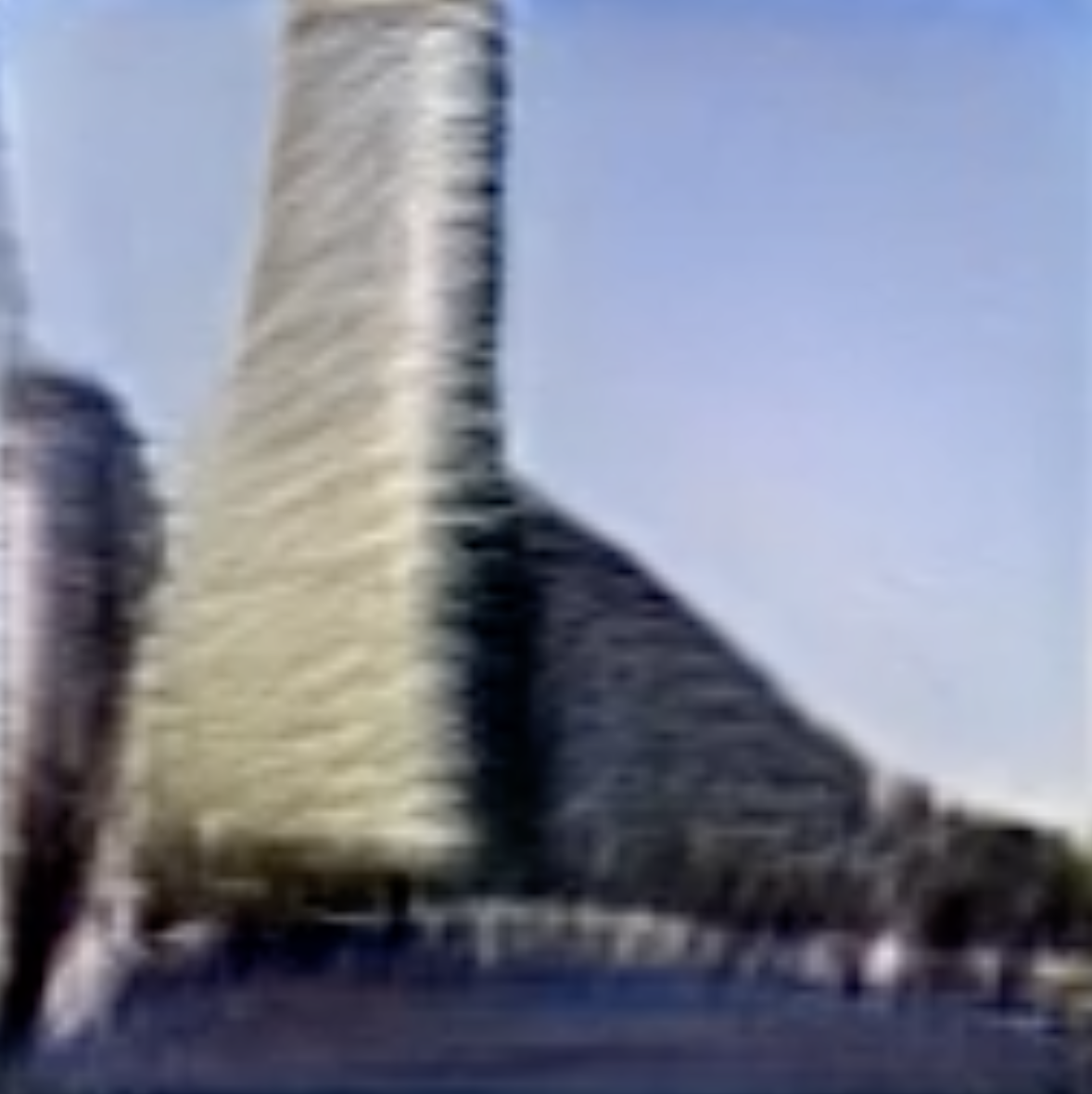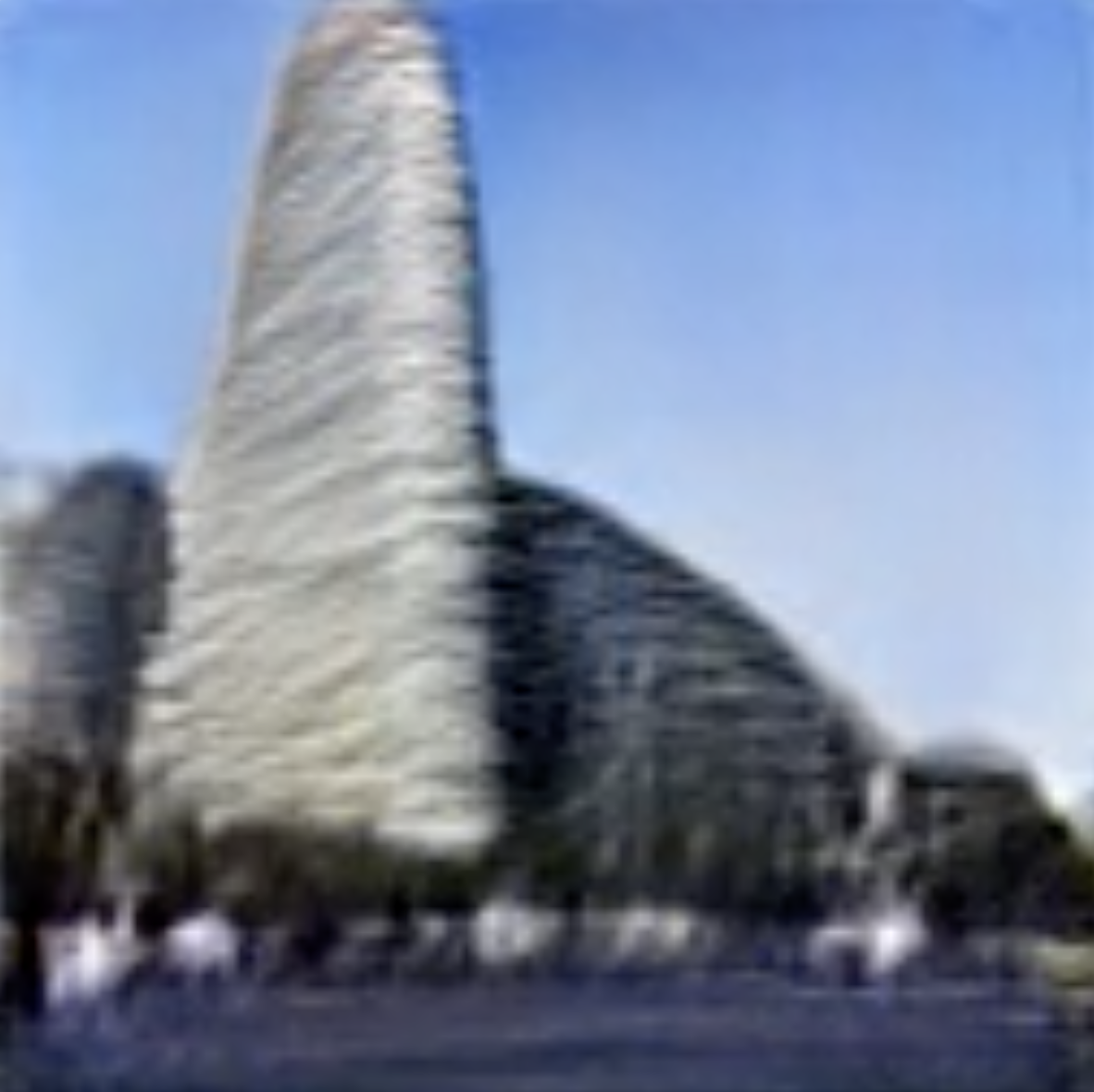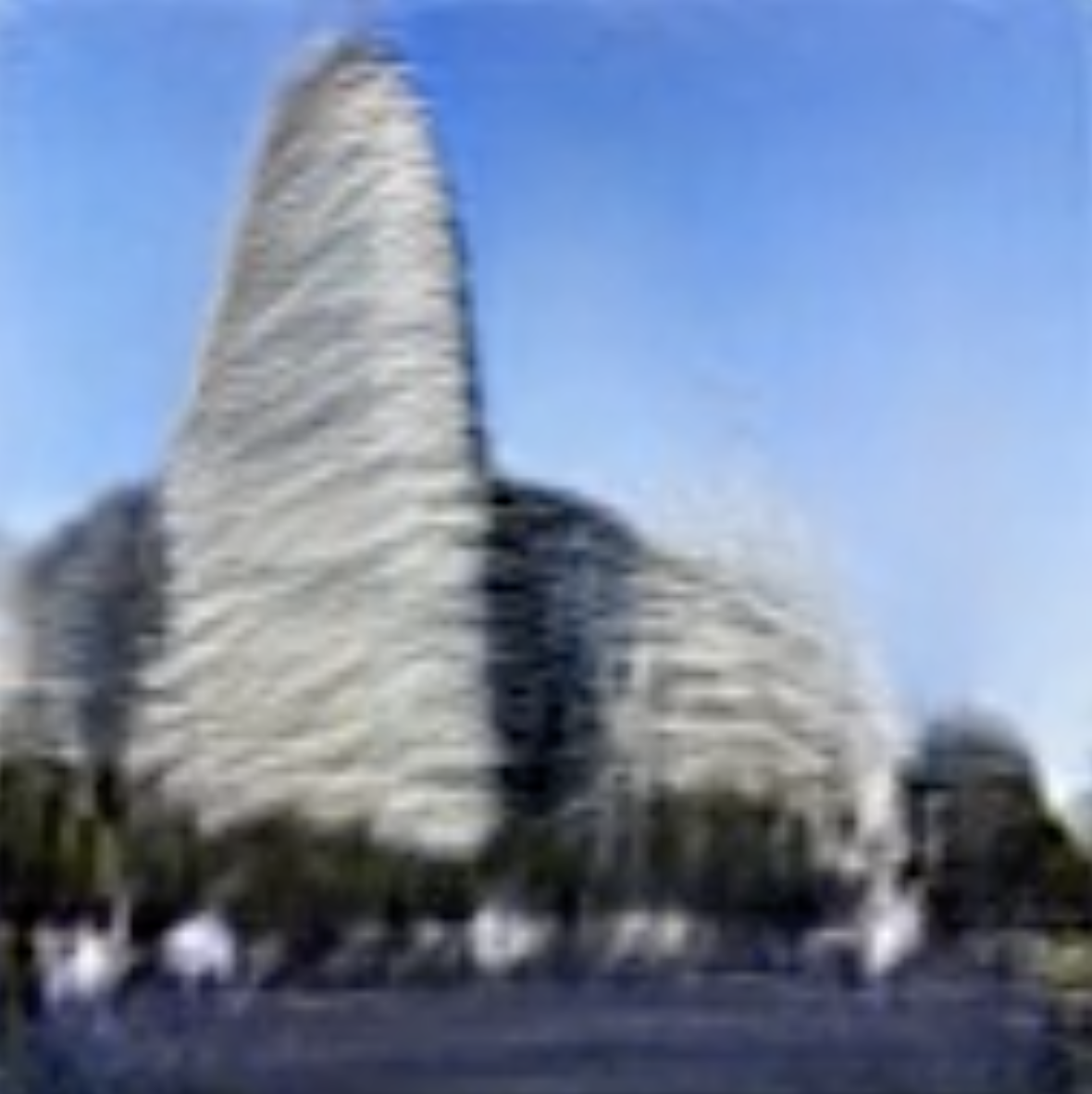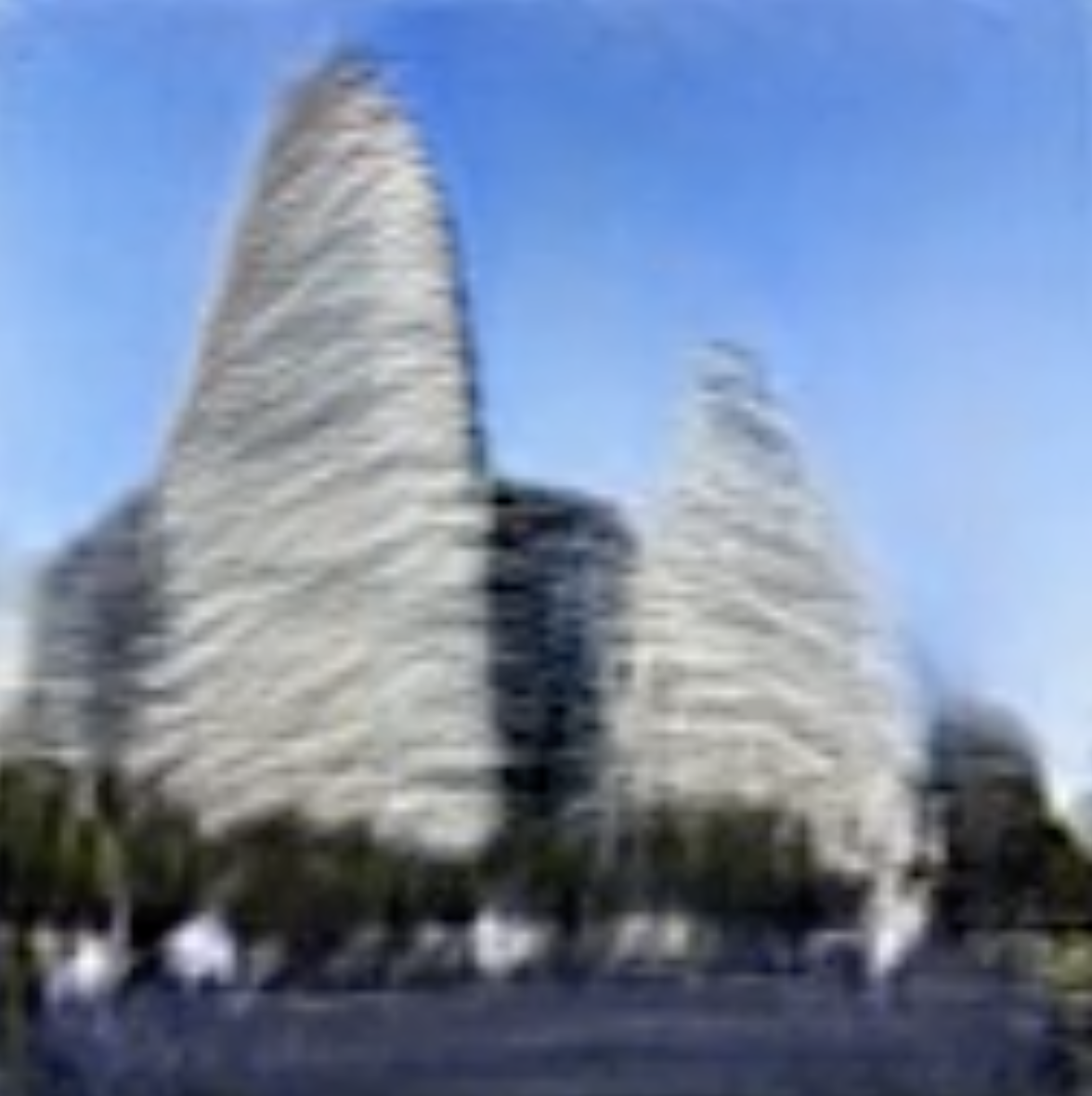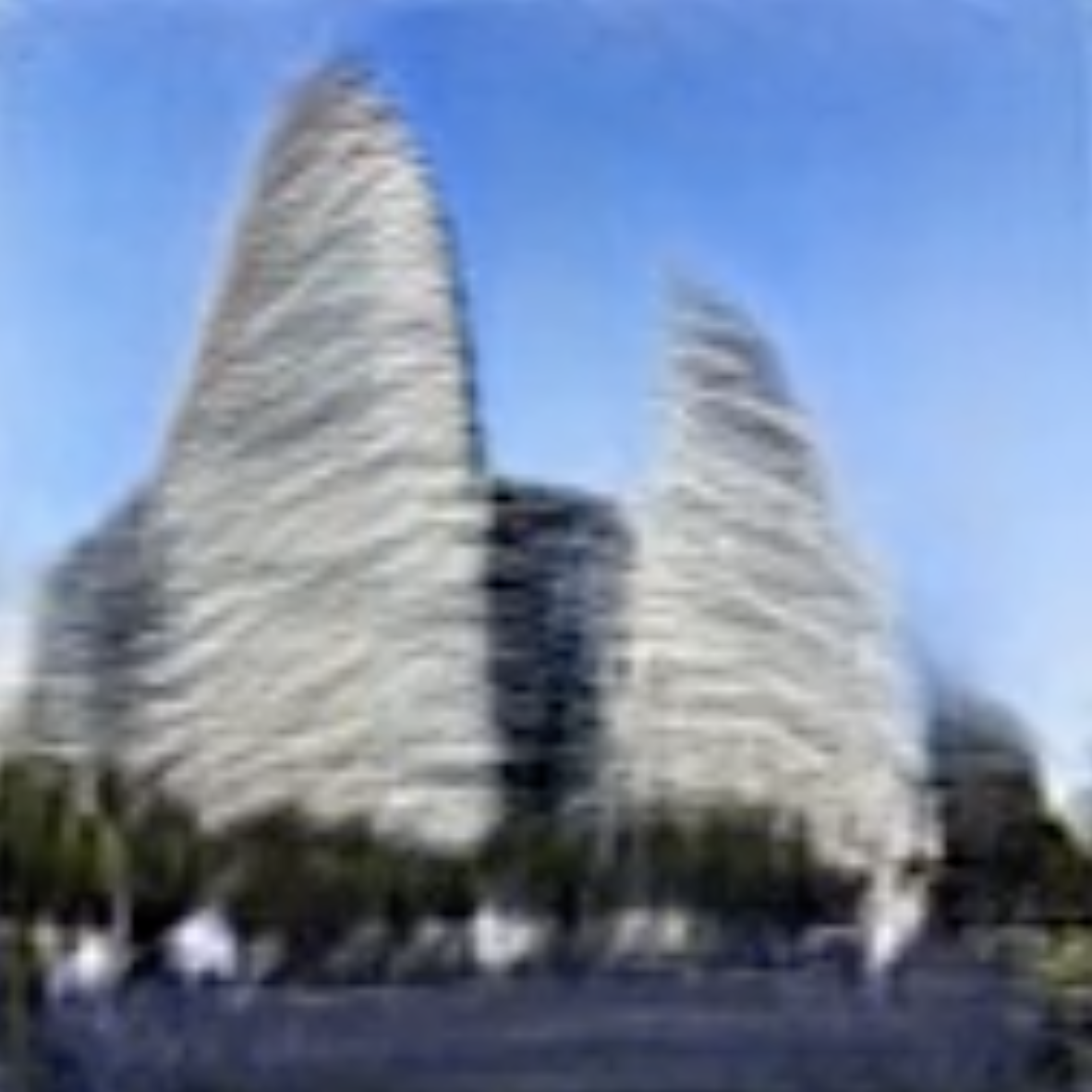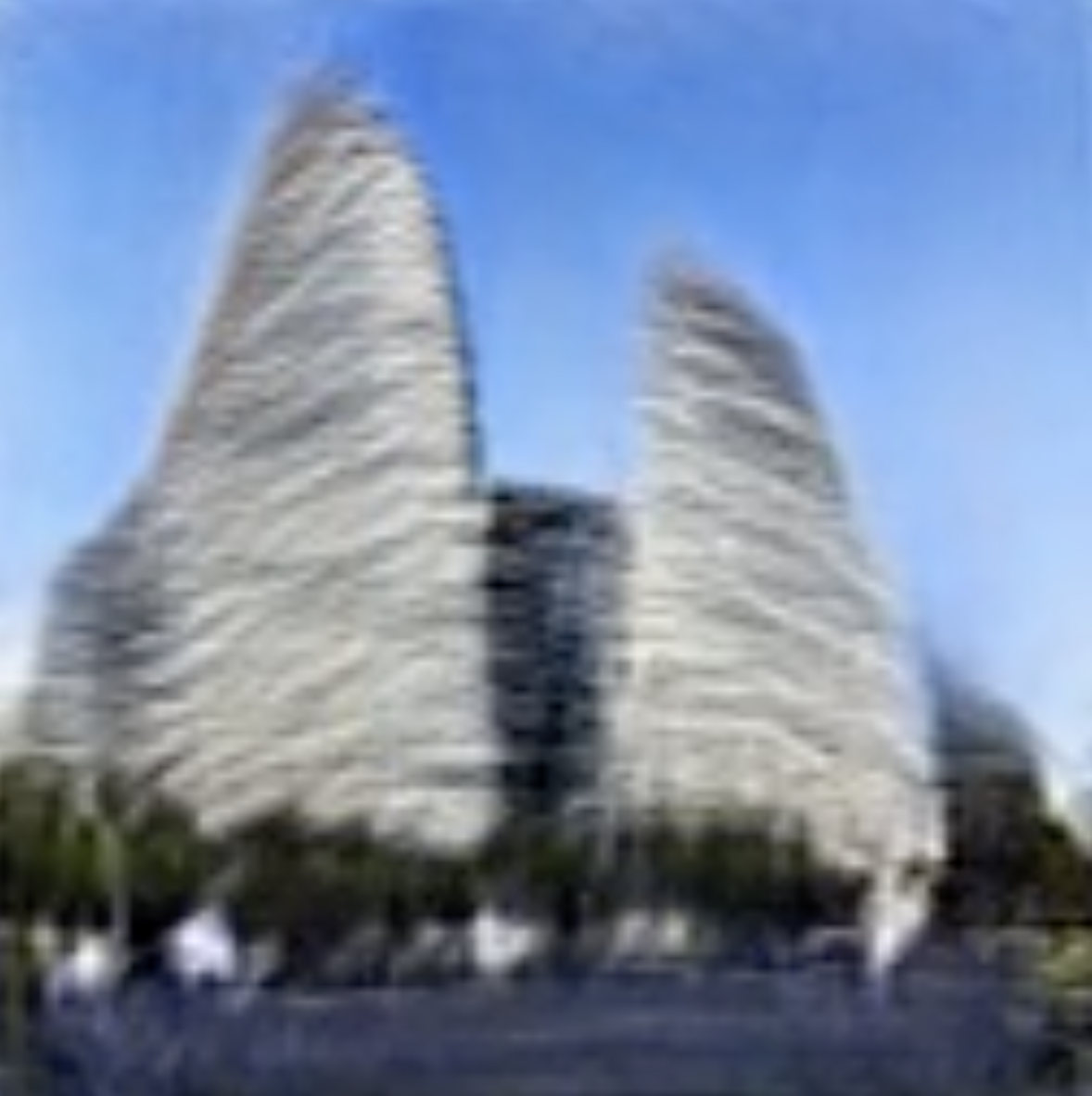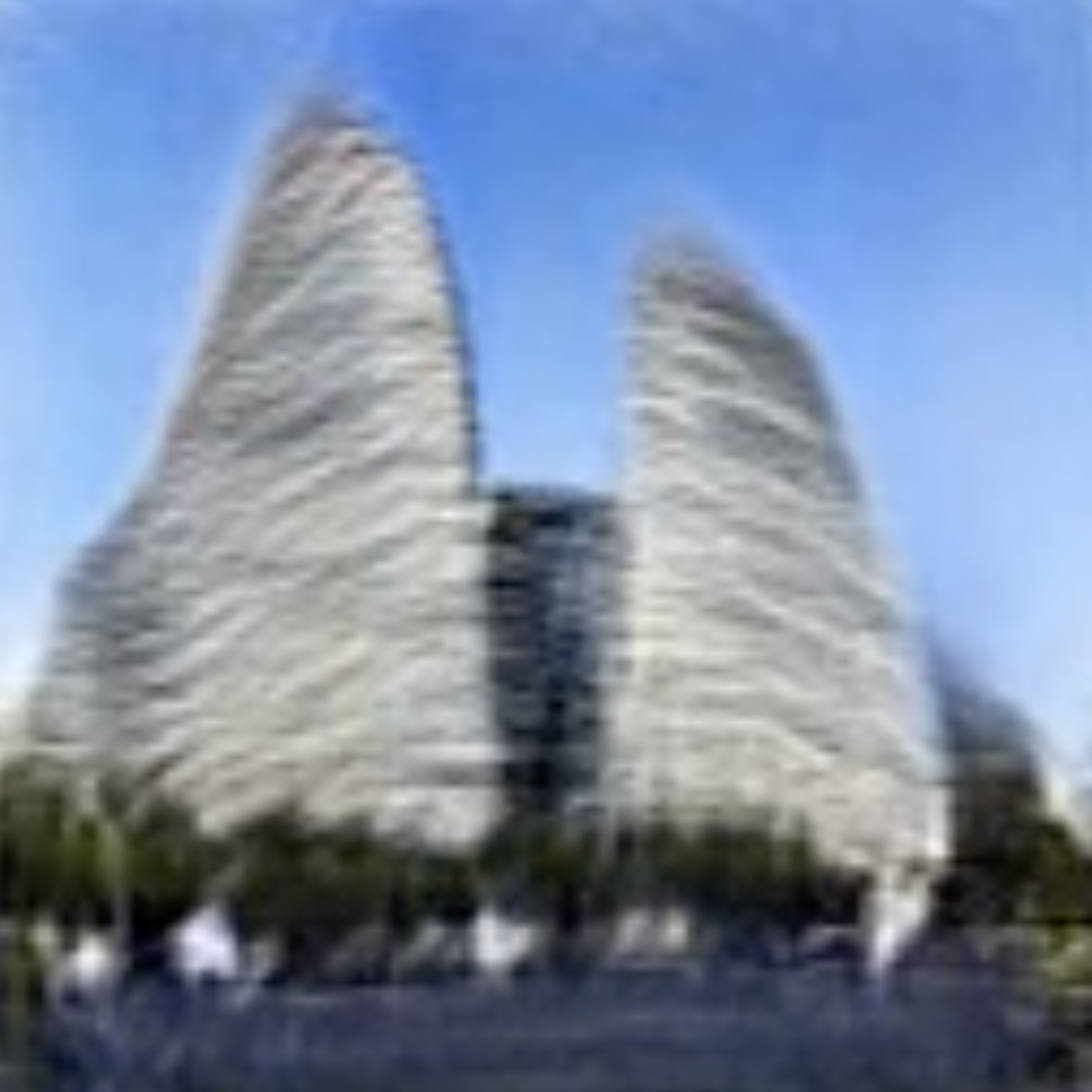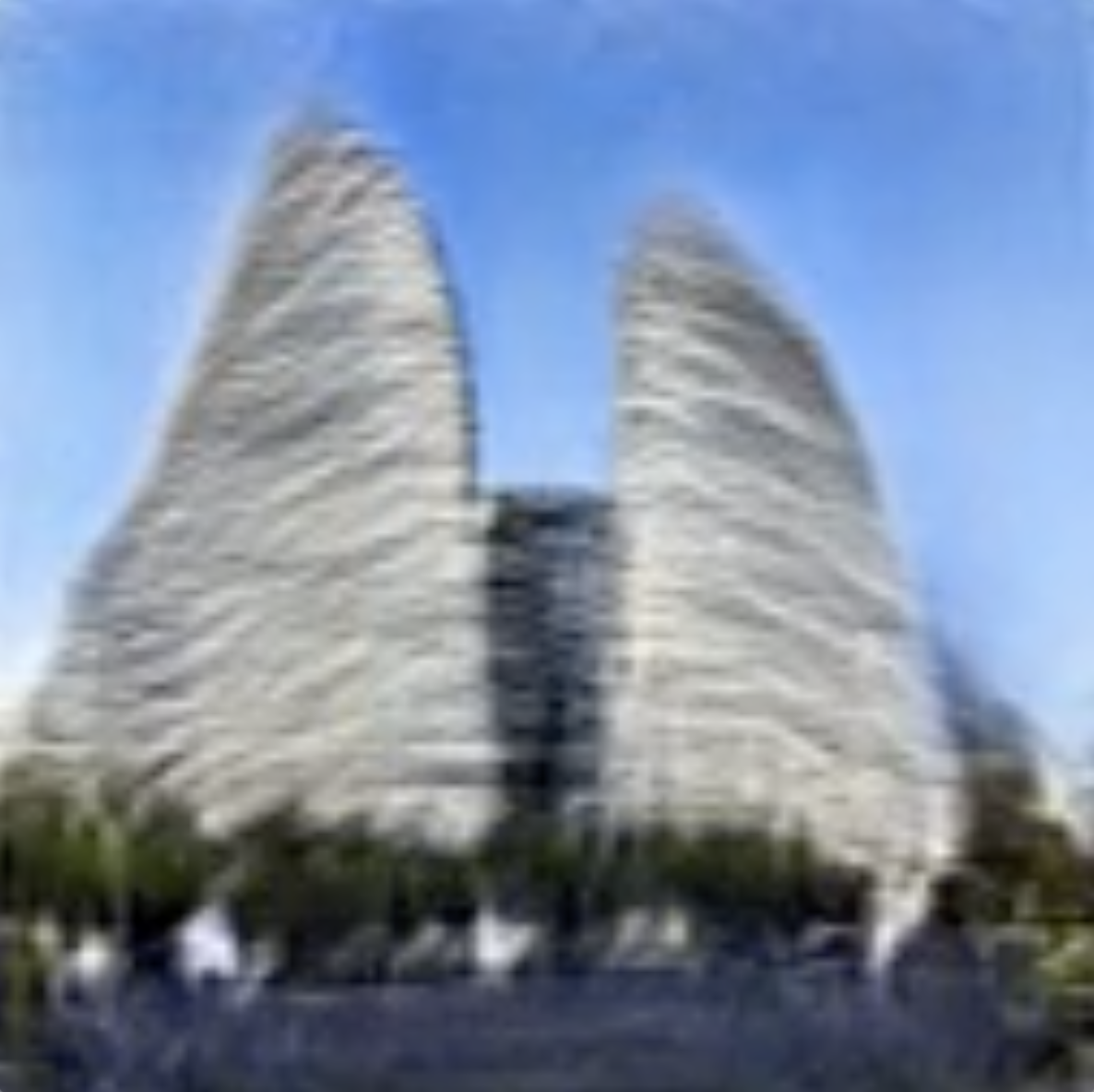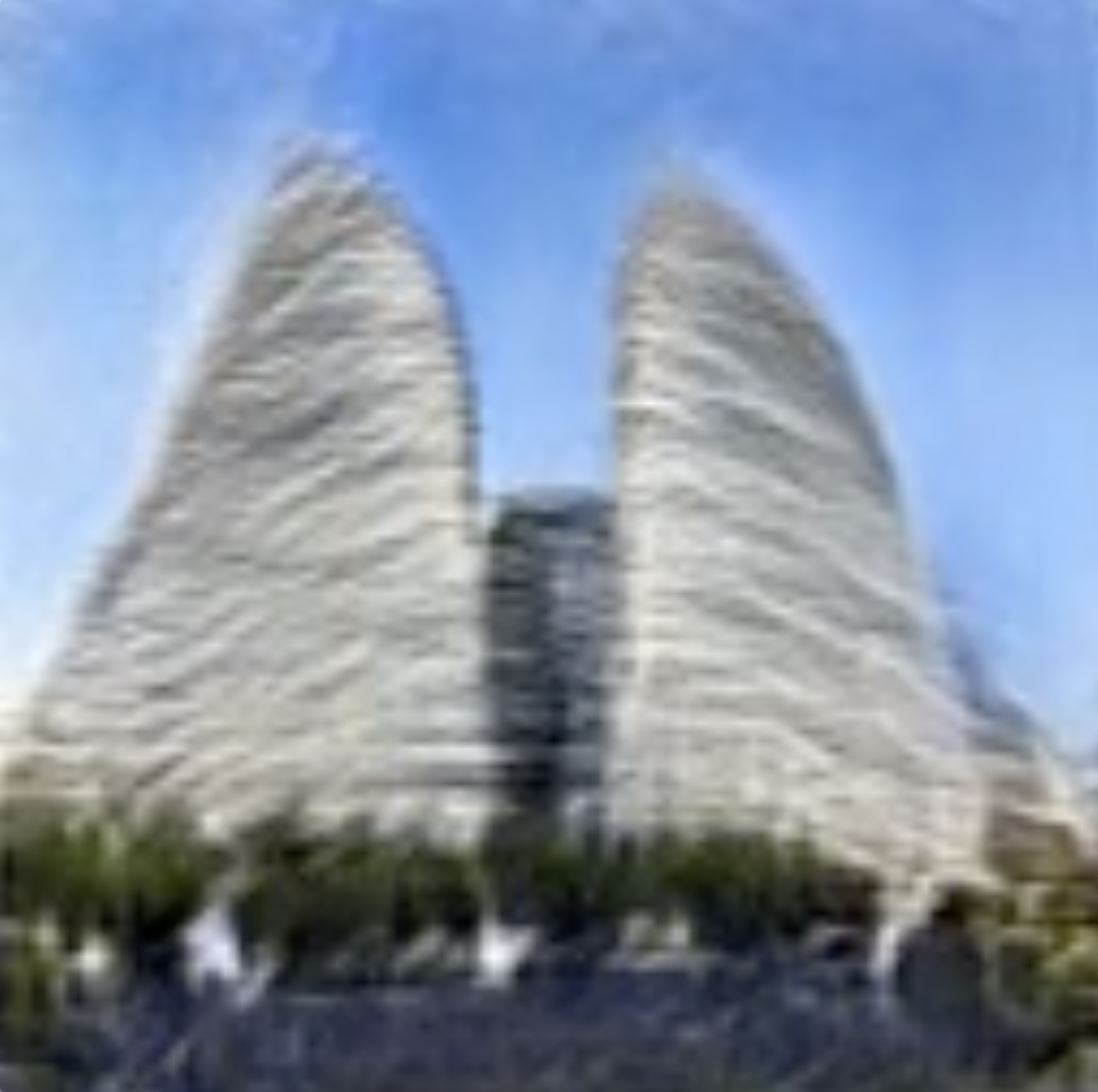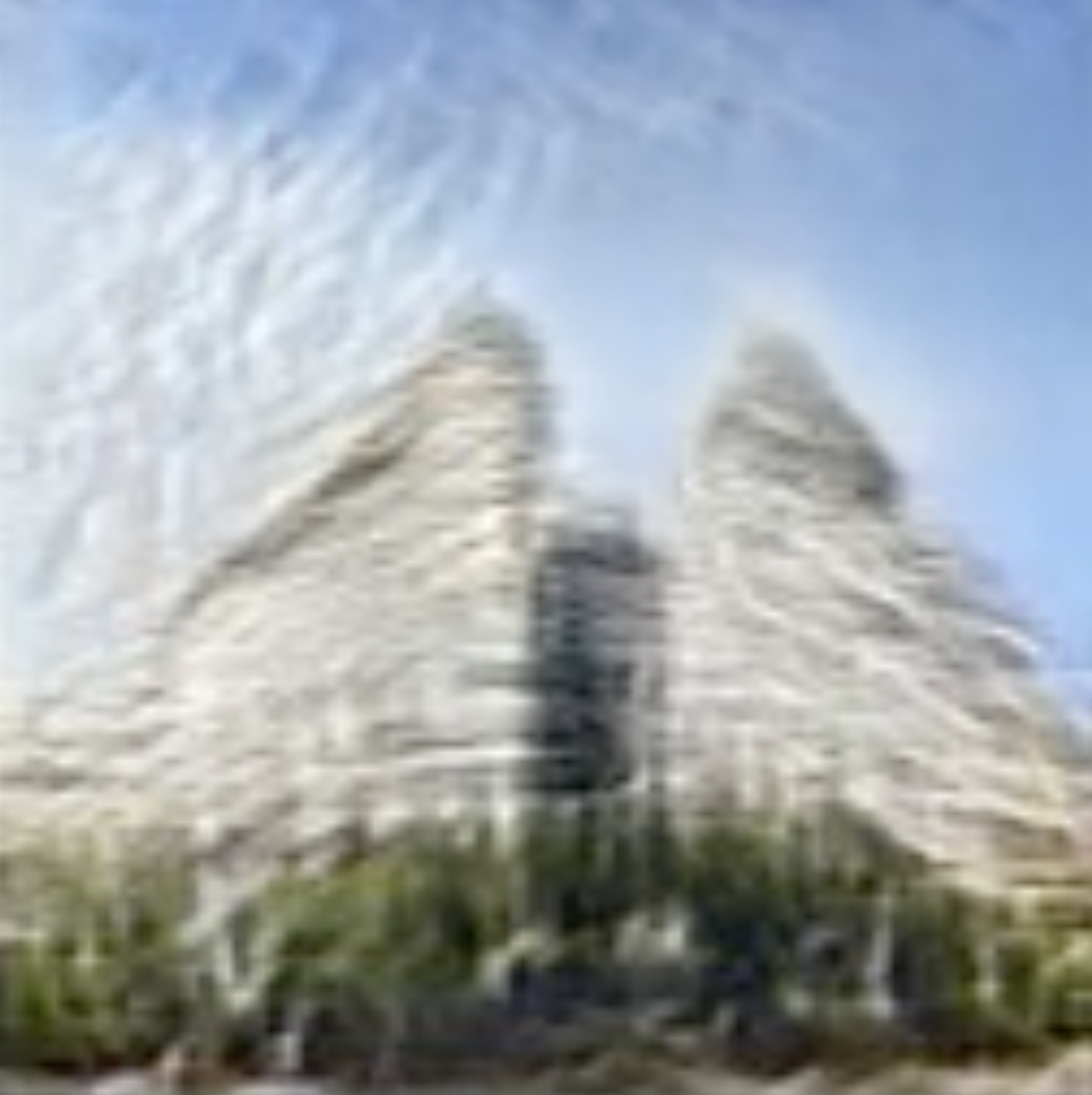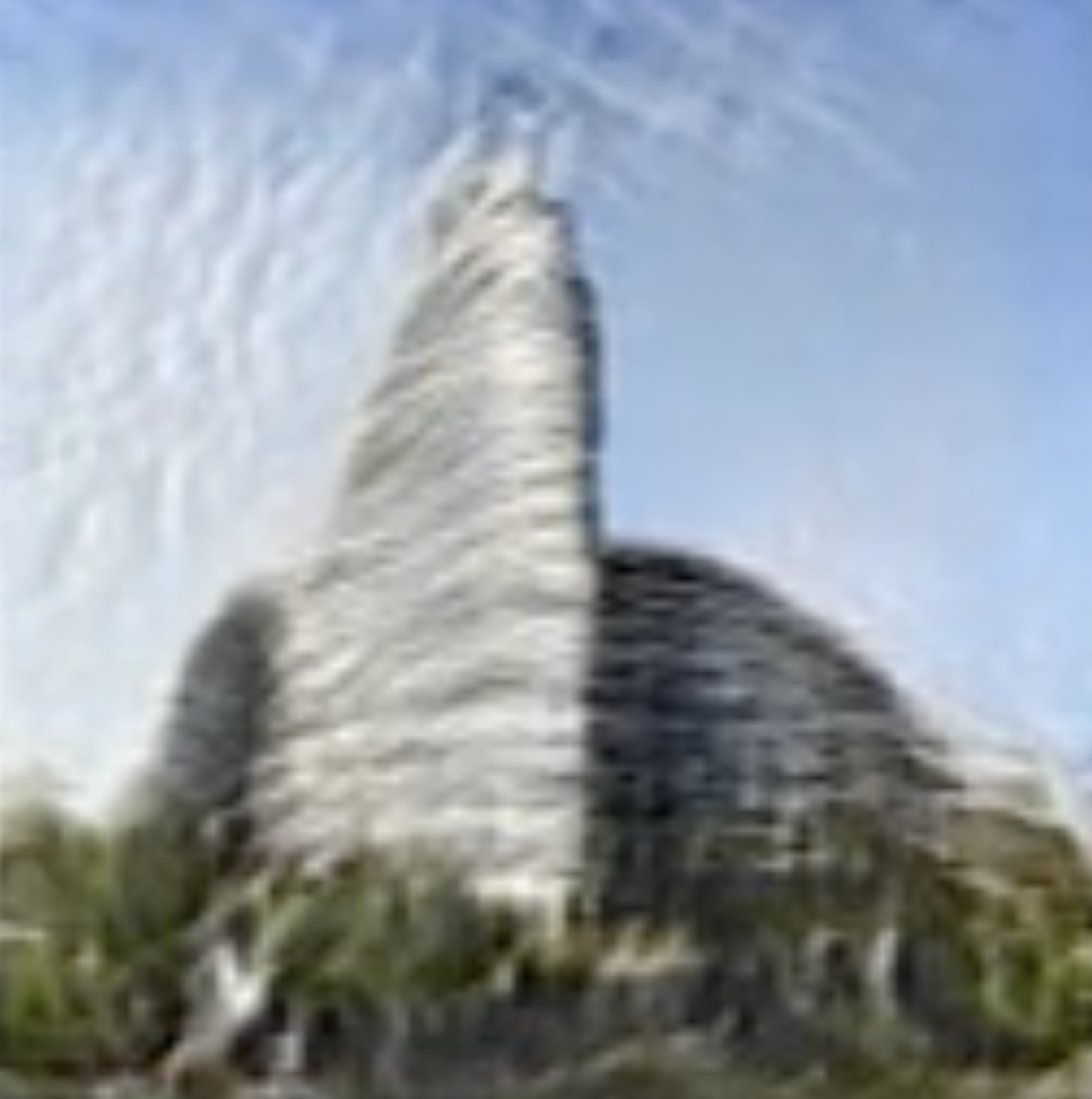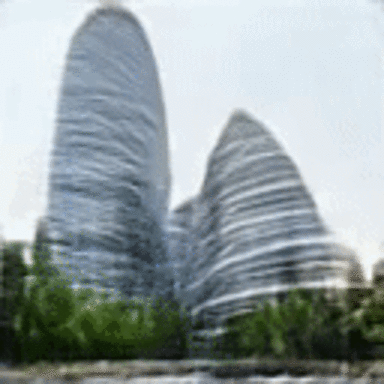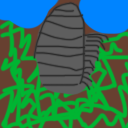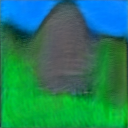Overview
There are many examples of deep neural network applications in art, design, and architecture. Algorithms like GANs have allowed designers to synthesize new imagery in the style of large databases of existing imagery, from Renaissance paintings, diagrams of modernist furniture designs, or photographs of particular architectural styles. However, the overwhelming majority of these projects fail to provide any level of synthesis control, thus reinforcing the stigma of algorithms being untamed and unknown black-box entities.
This project aims to shed light on some of these algorithms and reveal how synthesis control of architectural imagery can be achieved through the direct manipulation of latent vector space. Various models such as VanillaGAN, CycleGAN, and StyleGAN2 were revisited as potential sites for architectural synthesis control. In addition to testing various control methods, a small custom dataset of 250 architectural images was used to train and test on each model.

